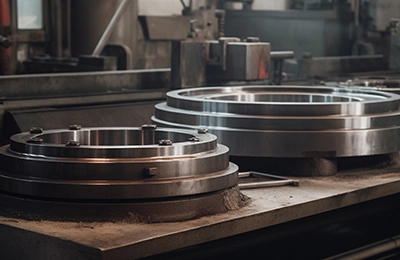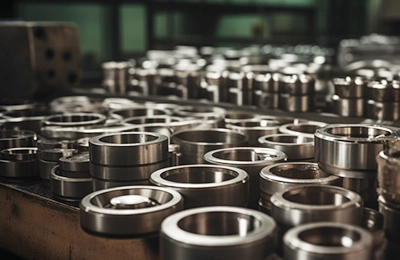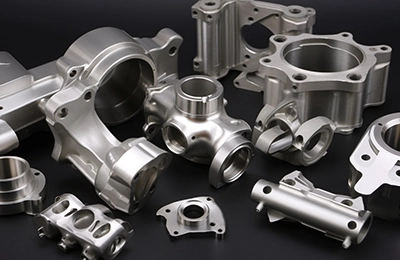Complex geometries like undercuts and internal channels are easily produced without the constraints of traditional machining or molding.
Parts can be tailored and optimized for specific applications by tweaking 3D model designs before printing.
Prototypes and production parts can be printed in days or hours versus weeks for machined or tooled parts.
Economies of scale by producing many customizable or unique parts on the same equipment.
Intricate components consolidated into a single printed part by combining assemblies and mechanisms.
Economic production of custom or low-quantity parts without high startup costs of hard tooling.
3D printed parts can be post-processed via sanding, grinding, machining, polishing, painting and other finishing techniques to enhance aesthetics, accuracy, and functionality.
| Surface Treatment | Description | Applications |
| Painting | Adds color, protection, and aesthetics to the surface. | Consumer goods, electronics. |
| Texturing | Imparts texture for improved grip or aesthetic appeal. | Automotive, appliances. |
| Plating | Applies a thin metallic layer for enhanced appearance. | Decorative and functional parts. |
| Printing | Adds graphics, logos, or information on the surface. | Packaging, promotional items. |
| Laser Etching | Creates precise patterns or markings using lasers. | Electronics, medical devices. |
| Heat Staking | Embeds metal fasteners into plastic parts. | Assemblies, automotive. |
| Ultrasonic Welding | Bonds plastic parts using ultrasonic vibrations. | Automotive, medical devices. |
| Anodizing | Enhances surface hardness and durability. | Electronics, consumer goods. |
| Electroplating | Deposits metal layer for improved appearance and corrosion resistance. | Automotive, electronics. |
| EMI/RFI Shielding | Adds electromagnetic interference or radio frequency shielding. | Electronics, telecommunications. |
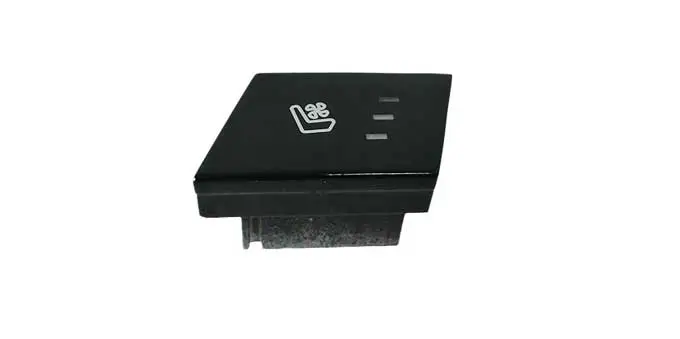
Quick turn prototyping of design concepts, tooling, jigs, and production parts like air ducts and housings using 3D printing.
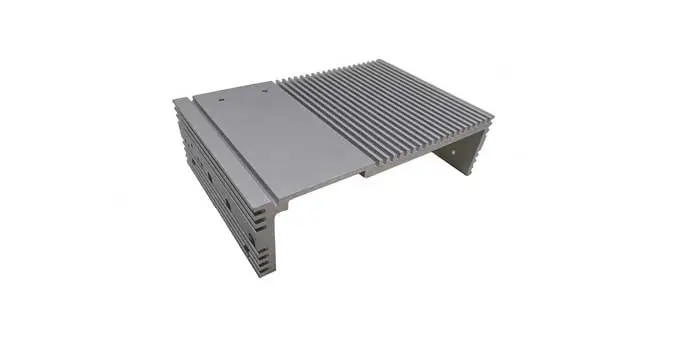
Highly customized products like personalized devices, wearables, grips, and gaming components are created via additive manufacturing.
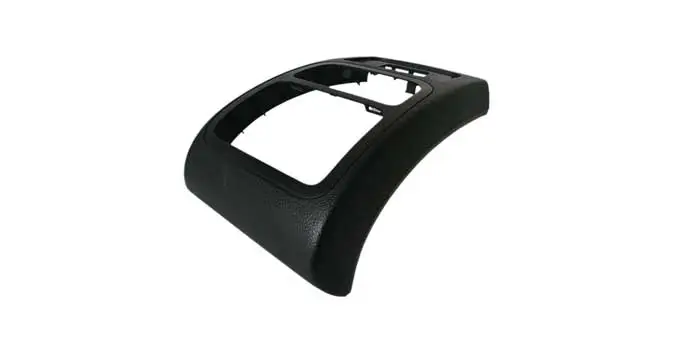
Printed production aids like jigs, fixtures, press and mold tooling reduce manufacturing costs and speed production.
The cost to 3D print depends on build size, material, print time, complexity, and finishing needs, but is economical for prototypes, low volumes, or custom parts without tooling costs.
3D printing, or additive manufacturing, builds up parts layer-by-layer directly from 3D data without dies or molds. It allows quick turnaround of customized and complex geometries.
Common 3D printing technologies include fused deposition modeling (FDM), stereolithography (SLA), selective laser sintering (SLS), multi jet fusion (MJF), and binder jetting among others.
